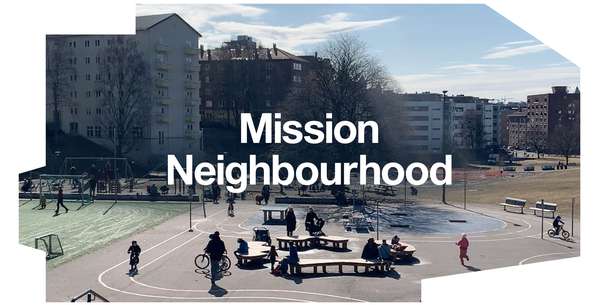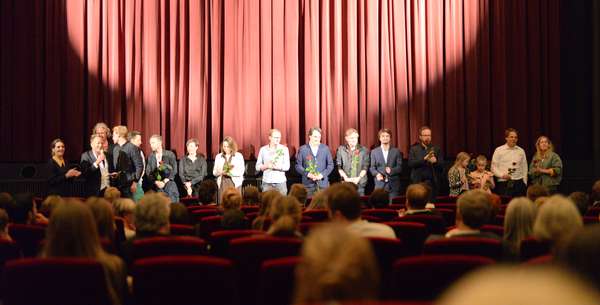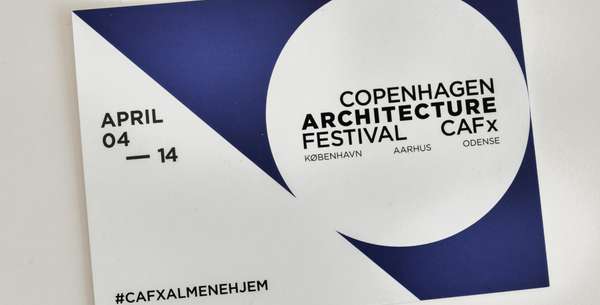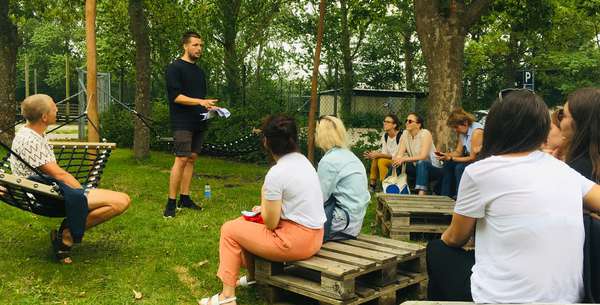Idea by
Nina Bačun
OAZA
Call for ideas 2021
NARRATIVES OF SPACE IN FILM
NARRATIVES OF SPACE IN FILM

- New alliances
Human and technology have irreversibly affected nature and the environment, thus existing models of architectural thinking are not sufficient. Architecture alone cannot offer answers. According to De Carlo, architecture is an indeterminate discipline; it can never become fully specialized, its challenge lies in constantly expanding its scope, and no boundaries should be imposed on it. The new role of an architect might be the translator of narratives of spaces, whose mission is to comfort society. Just as buildings and cities project and preserve images of culture and life, so the narratives of space affect our experience of reality. Are narratives of space in architecture inevitable? What kind of narratives to inscribe to spaces, both future and existing ones? Is it possible to subvert and invert faux historical narratives by reappropriating them? In search of honest architecture, the real voyage of discovery as Proust noticed is not in seeking new landscapes, but in having new eyes.
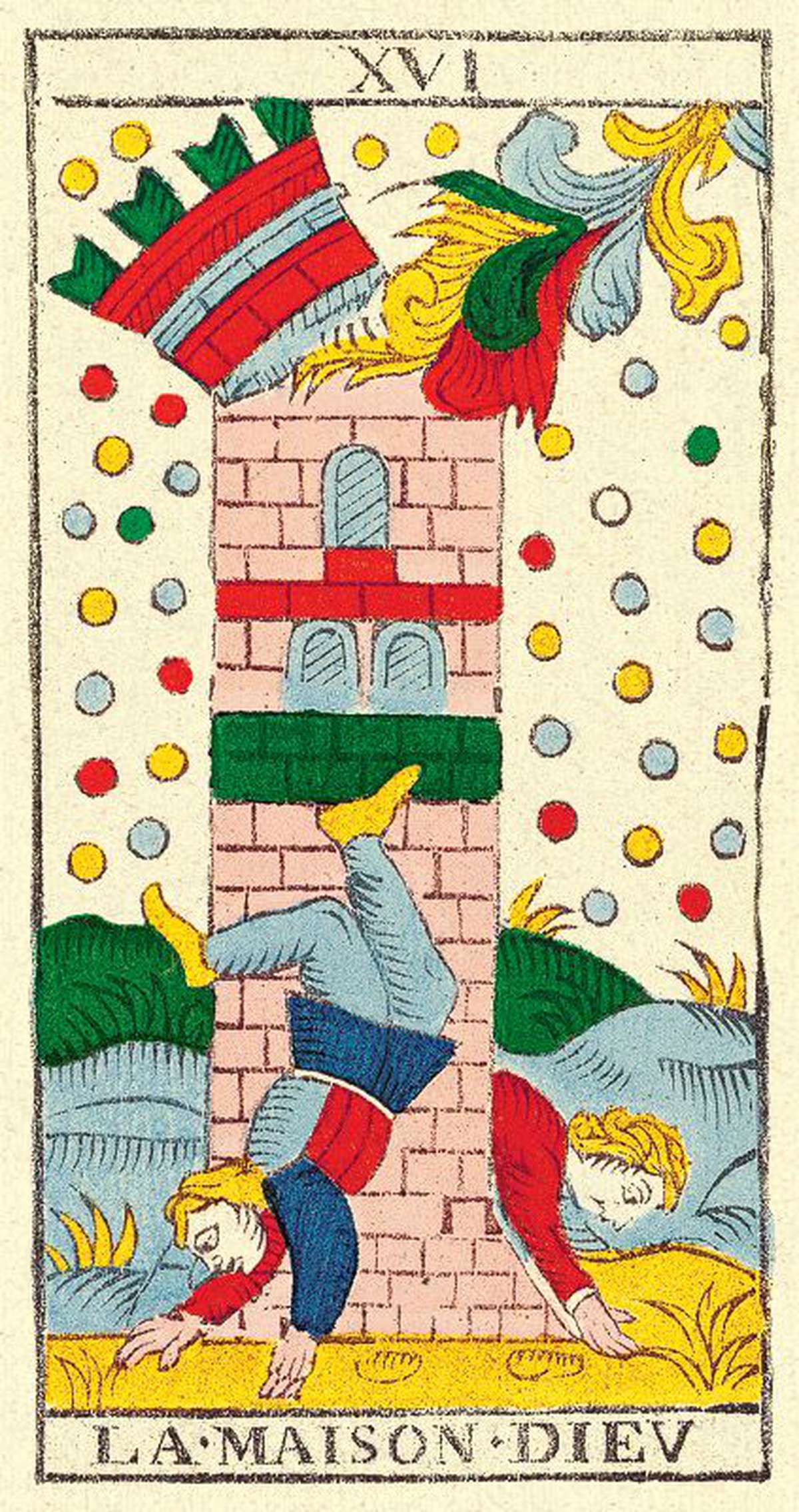
The Tower (french La Maison Dieu), Tarot de Marseille card. Published posthumously in honor of its creator Yoav Ben-Dov. It was printed by Nicholas Conver in 1760 in Marseille. The Tower is the only Tarot card that refers to the complete collapse of someone's value system. The Tower always brings interruptions, instability, transformation and truth. When this card appears, a person can expect a change in their beliefs and established patterns. Symbolically this card is something to start with.

The Yugoslavian Black Wave can be considered a unique movement in the history of cinema, interesting both due to its political implication as a critical voice toward bureaucratic Yugoslavian state socialism of the 60s and its aesthetic form with a visual freedom that is nowhere to be found even in the context of European experimental cinema of that decade. Kirn, G.; Sekulić, D.; Testen, Ž. (2012), Surfing the Black - Yugoslav Black Wave Cinema and Its Transgressive Moments
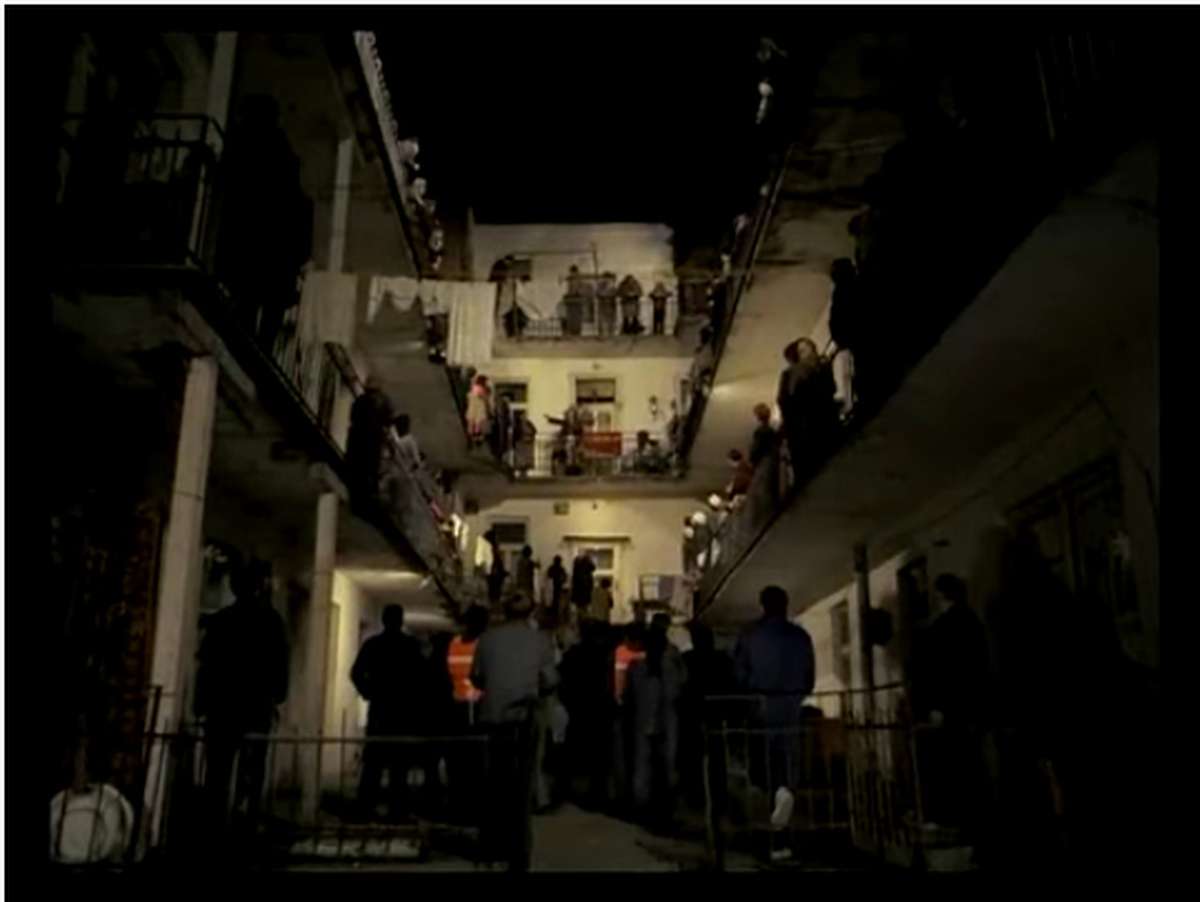
The closest exemplification of humanist cinema - introducing the humanist ideals into the symbolic imagery - can be ascribed Dušan Makavejev and his film Mysteries of the Organism (1971) that explores the relationship between communist politics and sexuality, as well as presenting the controversial life and work of psychoanalyst Wilhelm Reich. The film's narrative structure is unconventional, intermixing fictional and documentary elements achieved with the "Serbian Cut".
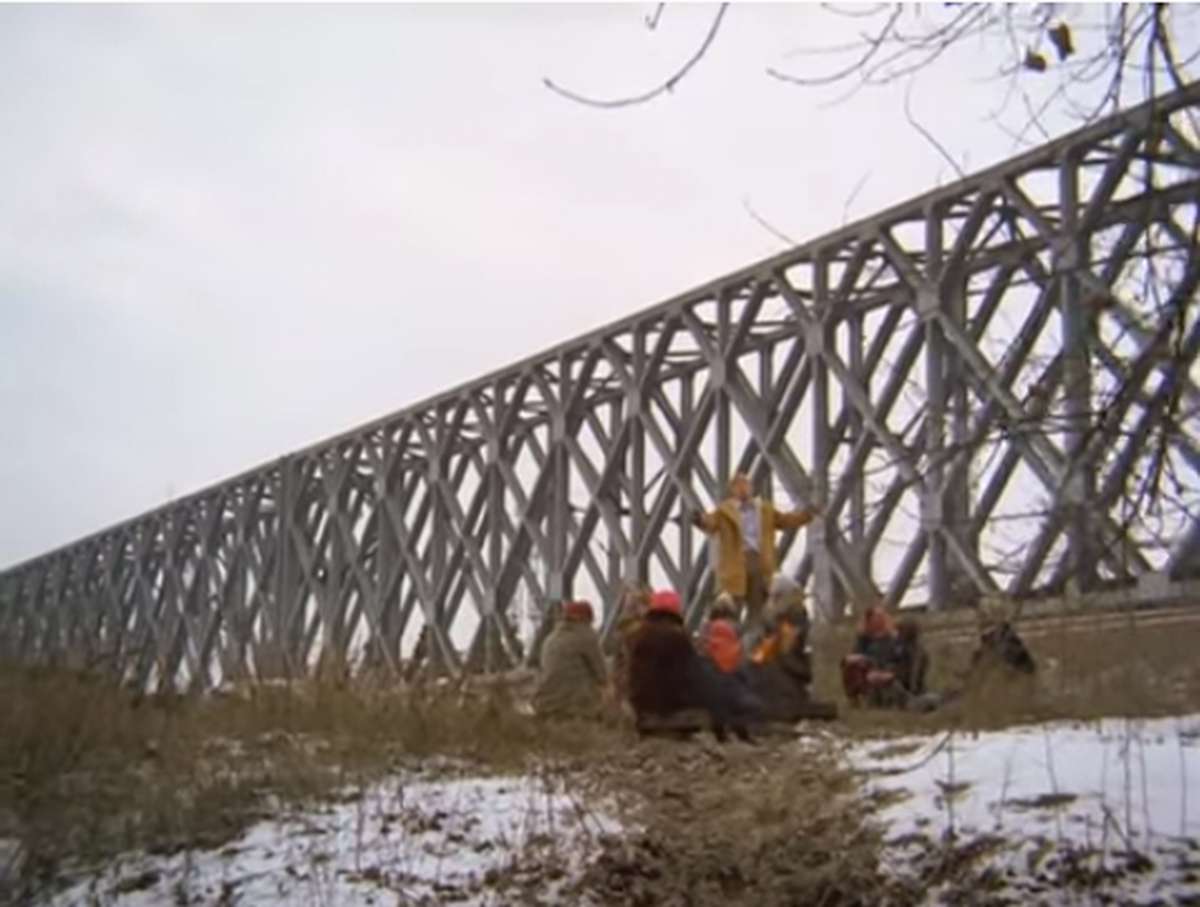
After initial screenings, both in and out of Yugoslavia, Mysteries of the Organism was banned for the next 16 years. Directors exile from home country lasted until the end of the regime.

Mysteries of the Organism (1971), Dušan Makavejev, landcape scene
NARRATIVES OF SPACE IN FILM
NARRATIVES OF SPACE IN FILM

- New alliances
Human and technology have irreversibly affected nature and the environment, thus existing models of architectural thinking are not sufficient. Architecture alone cannot offer answers. According to De Carlo, architecture is an indeterminate discipline; it can never become fully specialized, its challenge lies in constantly expanding its scope, and no boundaries should be imposed on it. The new role of an architect might be the translator of narratives of spaces, whose mission is to comfort society. Just as buildings and cities project and preserve images of culture and life, so the narratives of space affect our experience of reality. Are narratives of space in architecture inevitable? What kind of narratives to inscribe to spaces, both future and existing ones? Is it possible to subvert and invert faux historical narratives by reappropriating them? In search of honest architecture, the real voyage of discovery as Proust noticed is not in seeking new landscapes, but in having new eyes.
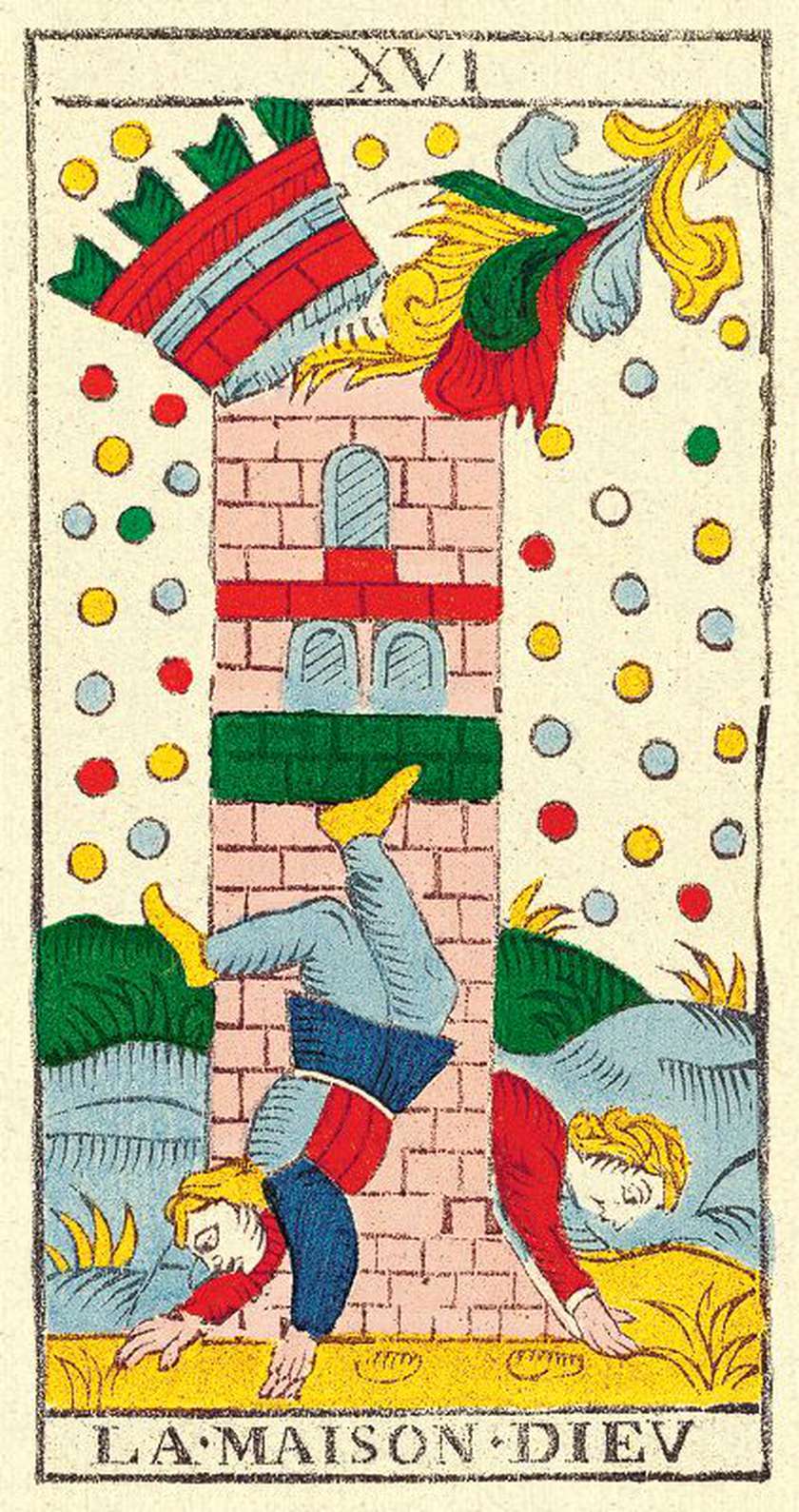
The Tower (french La Maison Dieu), Tarot de Marseille card. Published posthumously in honor of its creator Yoav Ben-Dov. It was printed by Nicholas Conver in 1760 in Marseille. The Tower is the only Tarot card that refers to the complete collapse of someone's value system. The Tower always brings interruptions, instability, transformation and truth. When this card appears, a person can expect a change in their beliefs and established patterns. Symbolically this card is something to start with.
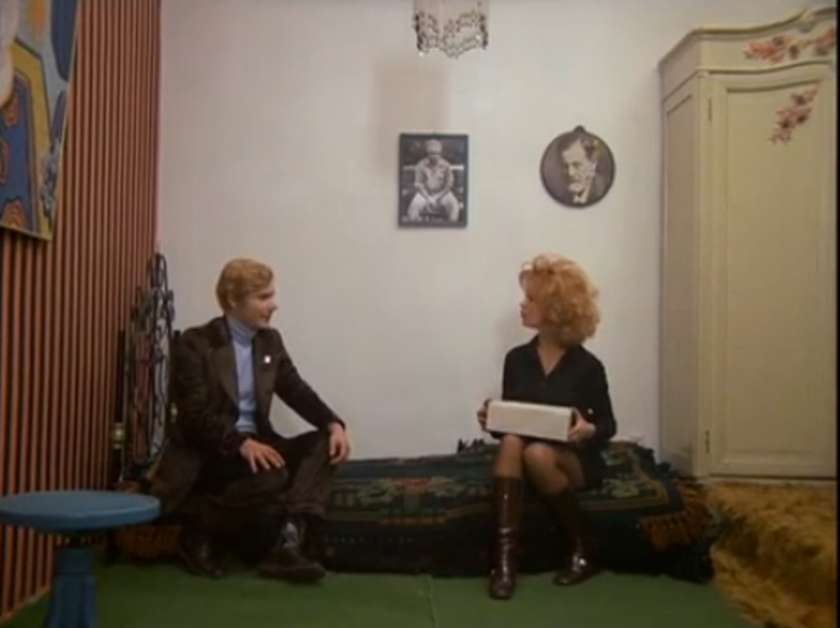
The Yugoslavian Black Wave can be considered a unique movement in the history of cinema, interesting both due to its political implication as a critical voice toward bureaucratic Yugoslavian state socialism of the 60s and its aesthetic form with a visual freedom that is nowhere to be found even in the context of European experimental cinema of that decade. Kirn, G.; Sekulić, D.; Testen, Ž. (2012), Surfing the Black - Yugoslav Black Wave Cinema and Its Transgressive Moments
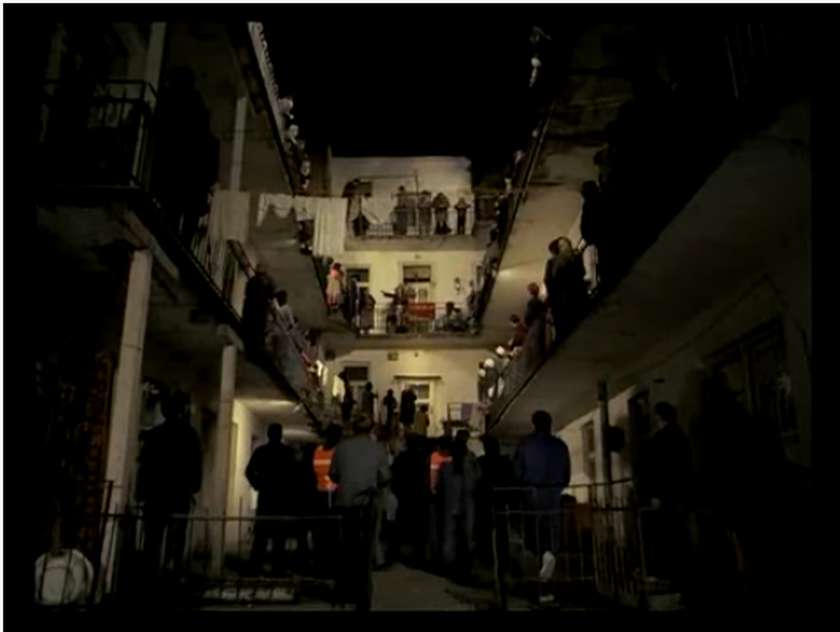
The closest exemplification of humanist cinema - introducing the humanist ideals into the symbolic imagery - can be ascribed Dušan Makavejev and his film Mysteries of the Organism (1971) that explores the relationship between communist politics and sexuality, as well as presenting the controversial life and work of psychoanalyst Wilhelm Reich. The film's narrative structure is unconventional, intermixing fictional and documentary elements achieved with the "Serbian Cut".

After initial screenings, both in and out of Yugoslavia, Mysteries of the Organism was banned for the next 16 years. Directors exile from home country lasted until the end of the regime.

Mysteries of the Organism (1971), Dušan Makavejev, landcape scene
